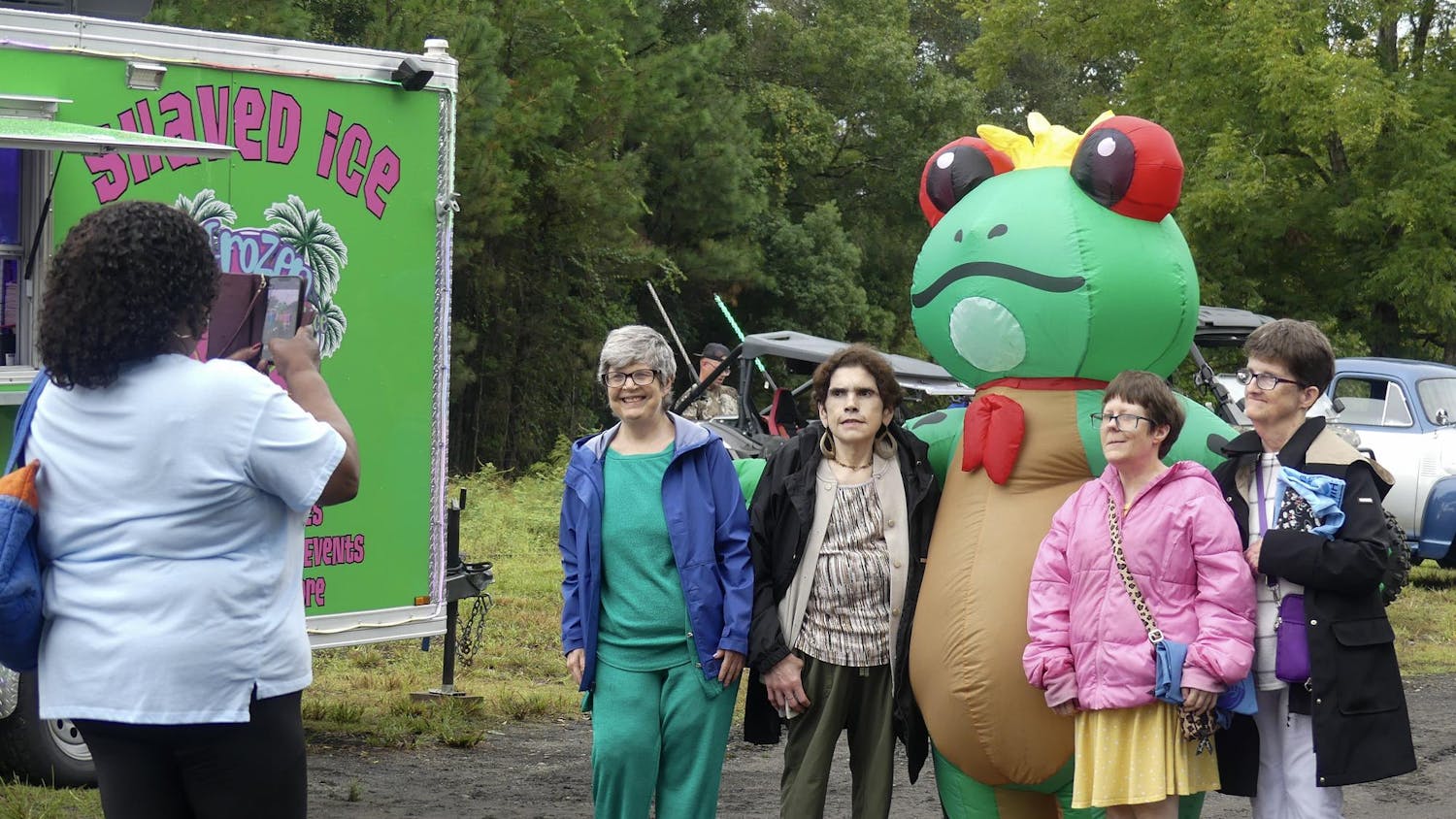Mycal Hixon spends his afternoons tutoring low-income students who, he said, come from broken families and lack a role model in their lives.
This year, the number of those students is the highest it's been in the past decade.
About 7,700, or 25 percent, of children across the county were living in poverty in 2010, said Vicki Glasier, a public affairs specialist for the U.S. Census Bureau. The data was collected as part of the American Community Survey, which is conducted by the U.S. Census Bureau.
In 2000, 14.7 percent of Alachua County's students were living in poverty.
A family of four with two children would be living in poverty with an income less than $22,113, according to the census.
The surveys are first mailed to a sample of 3,000,000 households in the U.S. The census follows with phone and door-to-door interviews if the mailed surveys are not returned, Glasier said.
Neil Donovan, the executive director for the National Coalition for the Homeless, said the U.S. Census Bureau excludes homeless people from statistics.
According to the census, more than 5 million children lived in poverty nationwide in 2010, which is 1.1 million more than in 2009.
Homelessness and poverty can affect children physically and psychologically, Donovan said.
Obesity is a common problem for children living in poverty as they develop unhealthy eating habits.
"Going without a meal increases the likelihood of becoming obese," Donovan said.
Student United Way sponsors the Weekend Hunger Backpack Program, in which volunteers fill backpacks with food to give to Alachua County students.
Children who grow up in poverty are affected into their adult years, Donovan said.
"When you grow up in poverty, regardless of being provided with some opportunities, you are almost damned to be on public assistance for the rest of your life," he said.





